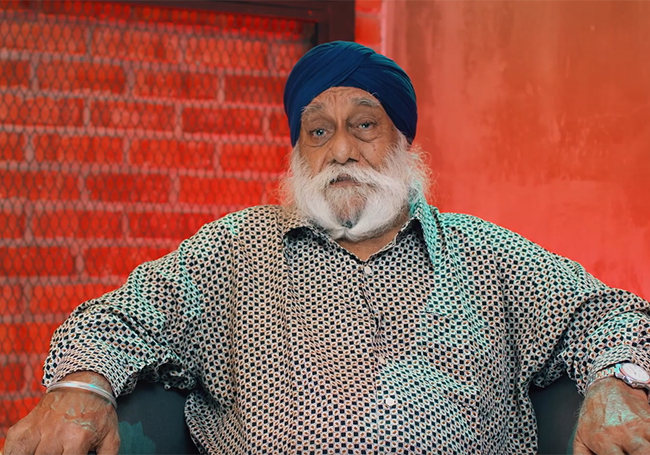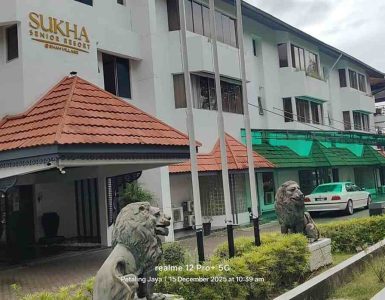On this day, forty-seven years ago, the Japanese Red Army (JRA) militants stormed the AIA Building in Jalan Ampang and took 53 hostages.
The incident happened so fast that many were stunned. Some didn’t even know what happened until a few days later.

One person who was in the thick of the action is Sukdave Singh.
He was the security guard who was not supposed to be on duty that fateful morning at the AIA Building, Jalan Ampang.
“I was not feeling well that day, but I had to be there because two of my colleagues didn’t turn up for work that morning,” said Sukdave during a recent interview.
The Japanese Red Army hostage crisis

Sukdave began working with AIA as a security guard on June 6, 1966, with basic pay of $100.
According to Sukdave, his name wasn’t on the roster that day. However, he had to be there on standby for his sick colleague.
“At first, everyone thought it was a robbery,” he said.
He added that an AIA staff told him that a robbery was in progress on the 9th floor of the building.
However, many did not know that the JRA militants stormed the consular section of the US embassy with guns to take hostages.
He said he asked chief security Mahinder Singh, whom he fondly calls his countryman: “Why are you sitting here? There’s a robbery going on upstairs.”

Both of us took the lift to the 9th floor to check.
However, the militants shot me in the face before we could do any investigation.
“When the lift door opened, I saw the bullet casings on the floor, but I did not suspect anything.
“I was peering out of the lift when the bullet hit me on the face.
According to Sukdave, the bullet hit below his right eye and came out of the back of his head.
“My friend panicked, and somehow he managed to control the lift to take me to the first floor.
The police had to stop an ambulance rushing a patient, to send Sukdave to the general hospital.
A forgotten hero

Sukdave spent 75 days in the hospital and had to postpone his wedding for a year.
He lost his right eyesight and his jaw is misaligned from the shooting.
On March 3, 1976, Sukdave received a pewter plaque and ‘Gallantry Honour Award’ from the Malaysian Employees Association of the American embassy.
Sukdave’s citation read: “For outstanding bravery, risking his own life for the safety of the entire occupants of the AIA building in attempting to arrest the Japanese Red Army invaders on the ninth floor.”
He also received $2,000 and medical coverage from AIA until he retired.
Apart from Sukdave, the militants shot constable V Amurthalingam and Ku Razak of the Federal Reserve Unit.

Amurthalingam survived after he was shot in the jaw, while Ku Ahmad injured his thigh from the shooting.
Sukdave’s memories of the incident are still vivid. However, it faded from the public sphere.
“I read about people rewarded with money and in-kind for acts of bravery, but we only received a pewter and certificate.,” he said towards the end of the interview.
Furthermore, the attack brought notoriety to the Red Army, followed by a series of hijackings and attacks on embassies in the 1970s and 1980s.
The Japanese Red Army is a militant Japanese organization formed in 1969. Fusako Shigenobu led the JRA until her arrest in Japan in November 2000. The Japanese authorities released her from prison recently.










